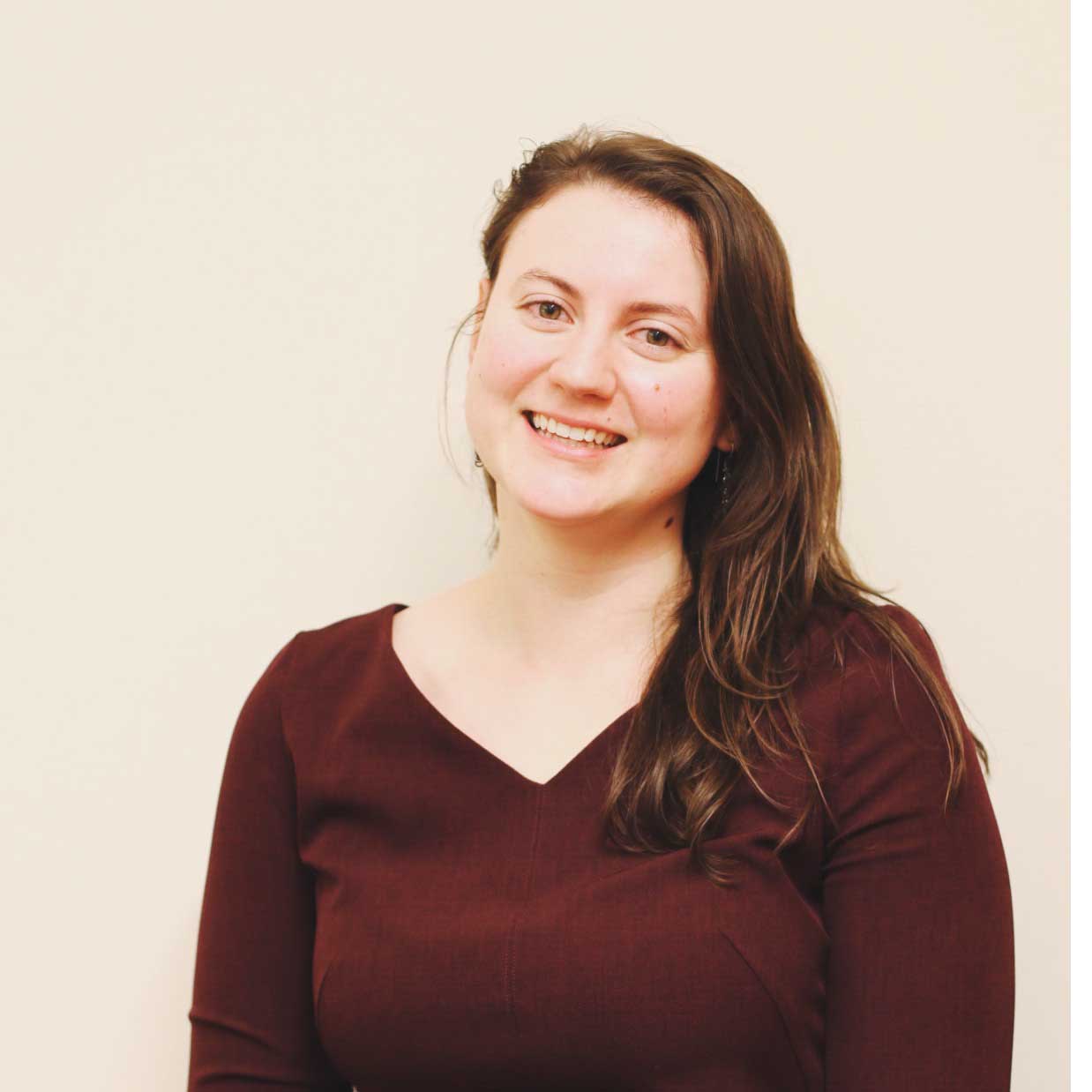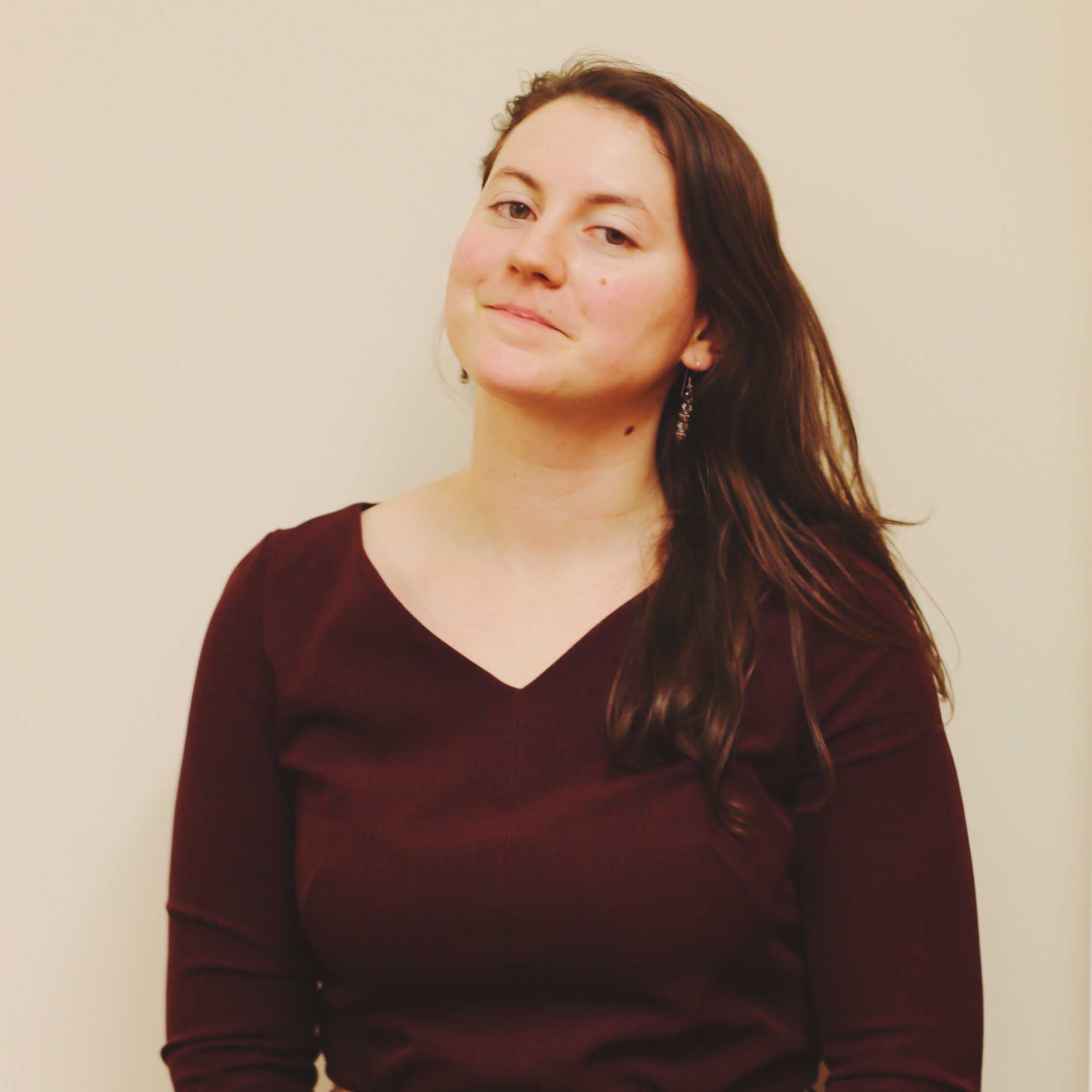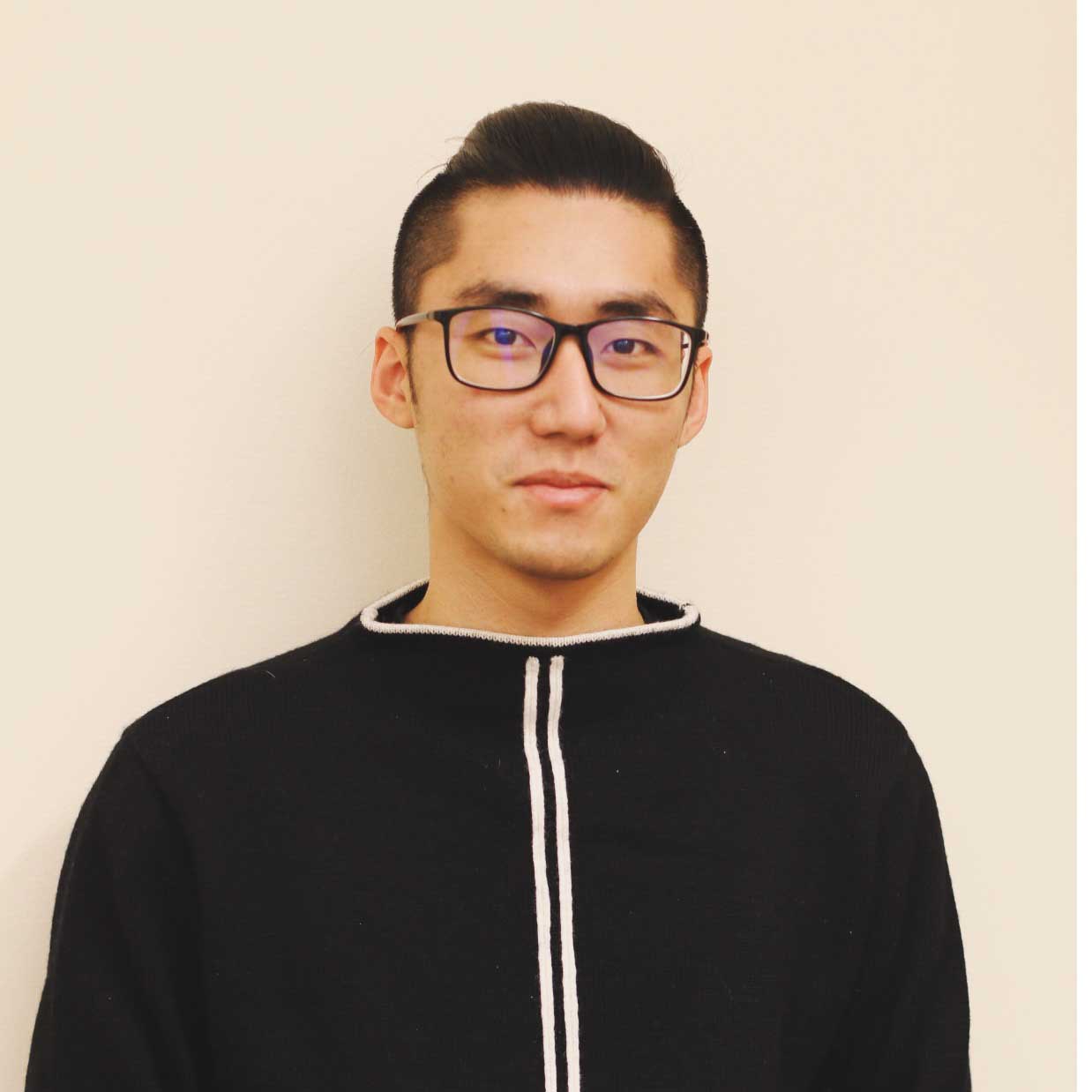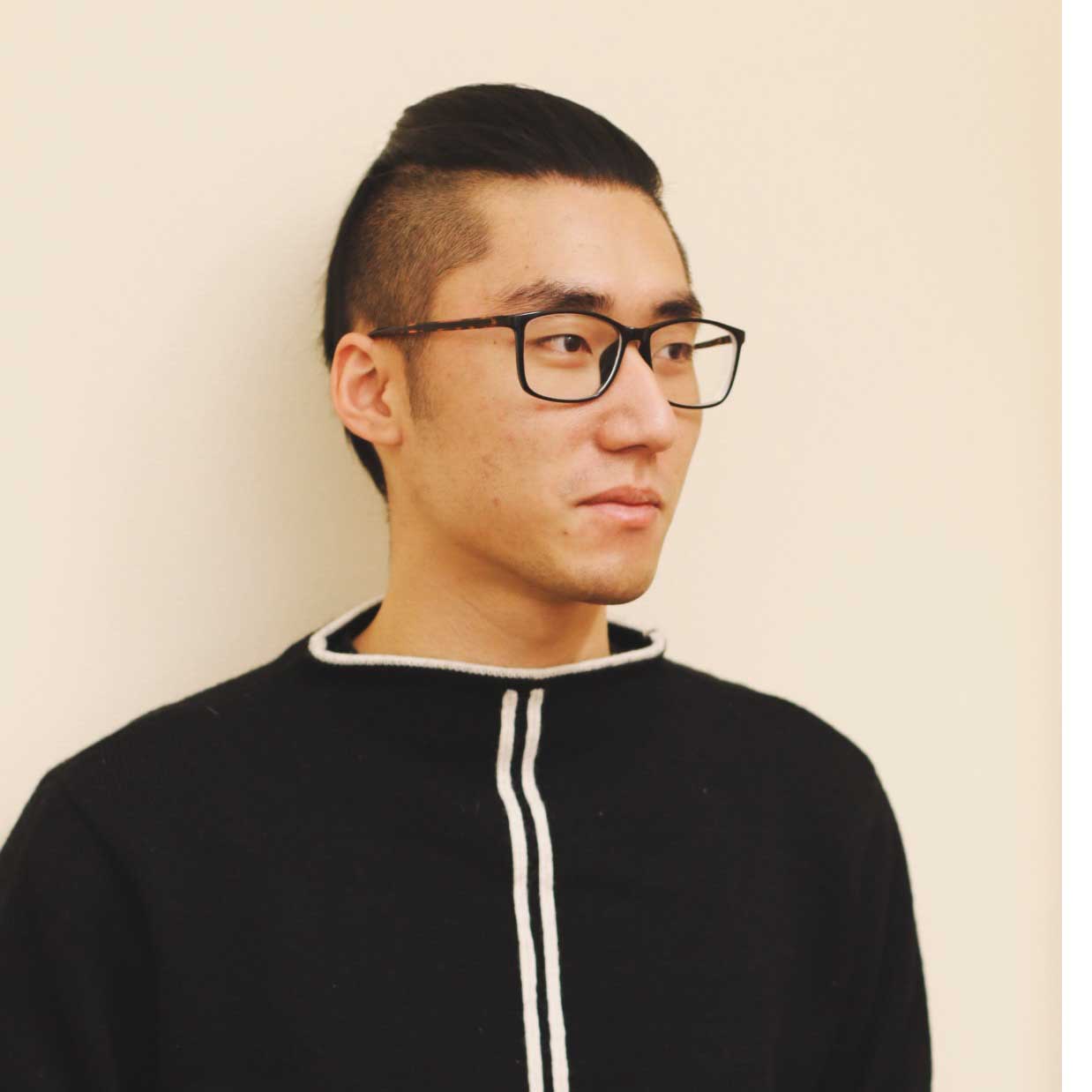Project Introduction
MoMega is a team of six Carnegie Mellon University Masters of Educational Technology and Applied Learning Science students who have partnered with a professional services organization that operates in more than 100 countries to evaluate and redesign a career transition program for newly promoted leaders.
Hunt Statement
Analyze the organization’s various training program deployments to synthesize common needs around the world in line with their organizational learning goals to design and develop a globally consistent framework for and a pilot module of a virtually deployed leadership and career transition program that supports the professional needs and growth of newly promoted leaders.
Team












MoMega Approach

MoMega is focused on uncovering leaders’ learning needs (with respect to both content and delivery) and ensuring that our proposed solutions are aligned with the organization’s global needs. This can be seen in the tasks we undertook for each of our three objectives.
Objective 1: Uncover needs and breakdown points
We are interested in not just a list of learning needs but also in the experiential learning journey of new leaders during their career transition. Literature review and interviews with the organization’s stakeholders were our primary sources of information.
We aimed to reveal breakdown points—gaps in the current deployments of the program where these objectives were not being met—to discover possible design spaces and further iterate on our proposed solutions. Using these breakdown points, we found opportunities to add value with our program redesign.
To narrow our scope and arrive at potential solutions upon which to focus, we employed an iterative design method—each time asking, “How might we add value to fill the gap identified?” Answers were aggregated and explored to identify solution patterns that can be further refined.
Objective 2: Explore multiple solutions that are creative and practical
We approached this objective using an iteratively divergent and convergent design method. We first gave enough flexibility for our ideas to diverge and address most of the opportunities to add value. Then, we converged to a set of solutions by considering practical priorities and constraints.
Each iteration ends with a set of storyboards that each describes a situation, problem identified, solution, and end result. These storyboards are mapped to the evidence collected through interviews and stakeholder input forms.
Objective 3: Align solutions with global needs of the organization
To ensure that our solution fits into the organization’s existing infrastructure and global needs, we are proposing a framework for the program to align learning and performance expectations.
After generating design solutions, we identified the benefits and challenges of each solution. We also took into account how solutions leverage the organization’s existing learning resources, such as people, online resources, and training programs—along with their constraints. Each solution is summarized by a set of measures that indicates the extent to which it addresses the following criteria. Wherever possible, these measures are backed by evidence from our research.
Research
Our project lies within the domain of Learning and Development (L&D), corporate training, and leadership skills. We gathered research from literature, interviews, and stakeholder input forms to inform our design decisions.
First, we conducted a literature review of leadership skills in a professional environment, relevant learning science principles, and effective delivery methods given these leadership skills and learning science principles. We then interviewed 15 of the organization’s employees across the globe and collected stakeholder input forms from program stakeholders to better understand the current state of program deployments and future needs for the program. Our initial research phase involved:
- Exploration of relevant learning science principles
- Exploring and narrowing our scope around the ill-structured domain of leadership skills
- Finalizing methods that can be used to propose more reliable solutions

Design Methods
The design process we followed continuously iterates agile and manageable design phases to guide our design of learner-centered outcomes. The four phases are: Discover, Define, Develop, and Detail.
Our team is following a design process model where we explore many design options (diverge) and then refine design proposals (converge). Our Discover and Develop phases involve diverging while our Define and Detail phases involve converging. To discover the opportunities around this project in the Discover phase, the first step was to define the problem. Having a clear idea of the problem helped us in the following phases.

Discover
We conducted research through literature review, stakeholder input forms, interviews, and value-flow analysis to find design opportunities for this project.
Define
We synthesized stakeholders’ value flows, needs, and challenges into How Might We statements. Later, we identified opportunity areas to brainstorm learner-centered design focuses.
Develop
We generated each detailed storyboard scenario with a situation, problem, solution, and resolution that correspond to a design focus to identify design opportunities based on the insights from interviews and the affinity diagram.
Detail
We will conduct a series of rapid user needs testing to distill design opportunities based on stakeholders’ feedback and new leaders’ needs for our solutions.
Our Solution
We mapped our client’s Delegation module content to our proposed educational technology and aligned learning objectives, instruction, and assessment. We have prototyped three key aspects of the our proposed framework: personalizing content assigned based on prior knowledge, peer review scaffolding, and on-the-job planning and reflection on tasks.
Online Modules
Personalized Learning: Learner Choice & Appropriate Challenge for Efficient Learning
As part of the Foundational Phase of the proposed solution, new leaders engage in asynchronous online assessment and instruction exercises to assess their prior knowledge and tailor instruction to provide an efficient and personalized experience for an appropriate level of challenge.
Peer Review
Social Learning: Scaffolded Review Process for Reliable & Clear Feedback
As part of the Elaboration Phase of the proposed solution, new leaders complete practice exercises that are assessed by other new leader peers through use of a peer review system with scaffolding rubrics. The learner also provides feedback to peers.
On-the-Job Task Log
Metacognitive Learning: Structured Planning & Reflection for On-the-Job Transfer
As part of the Integration Phase of the proposed solution, new leaders can use a task log system integrated into the company learning management system that helps them plan and reflect on real-world on-the-job tasks. The Task Log helps new leaders track progress and review progress with their mentors.